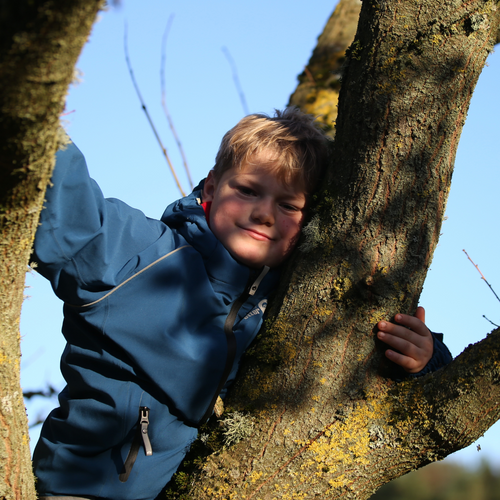What is National Tree Week ?
Posted by Spotty Otter on 28th Nov 2022
National Tree Week is the UK’s largest annual tree celebration. Each year, the country’s conservation sector, volunteer groups and tree-lovers come together to plant thousands of trees to mark the start of the annual tree planting season.
National Tree Week 2022 will take place from 26 November – 4 December 2022.
National Tree Week is the UK’s biggest annual tree celebration, it was originally called Plant A Tree in ‘73, and started in 1973 in response to Dutch Elm Disease - a tree disease that stops them from getting water properly. It’s all about getting lots of communities to do more to help their local environment by planting as many trees as they can.

How did National Tree Week start?
In 1973, there was a big problem with a disease called Dutch elm disease, which was killing lots of elm trees around the UK. In response, a campaign was started by Sydney Chapman and Peter Walker, two members of parliament who thought something needed to be done. It was originally a year-long campaign called “Plant a Tree in ‘73” which encouraged people in the UK to plant as many trees as they could across the year.
It went so well that the next year, ‘The Tree Council’ group was born to keep encouraging people to plant trees. Except now, instead of working over a whole year, we have National Tree Week every year at the end of November.
It starts in November because this is when the tree planting season starts, it’s best for them to be planted as it’s starting to get cold. Even though the event only lasts for one week, tree planting season lasts right up until March.
Why are trees important?
Trees are a very important part of our ecosystem. They take in carbon dioxide from the atmosphere and put out oxygen. They help keep our air clean, which is vital to keep climate change under control. Nutrients in the soil come from trees, which helps lots of other plants grow.
Hundreds of kinds of wildlife, like birds, bugs, and squirrels as well as other kinds of plants all live in or on trees. Without them, countless animals would lose their homes or sources of food.
Plus, trees help protect us from extreme weather. Their long roots and canopy of leaves help prevent flooding and stop soil eroding. Big leaves provide lots of shade when it's very hot and provide shelter when it's very cold.

How can you celebrate National Tree Week?
The main focus of National Tree Week is planting more trees, and there’s a lot you can do both in schools and in your community. If you have space, why not plant some of your own trees together? Getting to have a direct hand in planting trees is a great learning opportunity and a lasting memory.
Not every school has the space to plant lots of trees themselves, of course. You could get in touch with your local council by writing letters and asking questions about what is going on nearby. The Tree Council was set up after 1973’s original campaign and is a great source of information for what activities are going on in your area.
www.treecouncil.org.uk/seasonal-campaigns/national-tree-week/
If you’re wanting a less hands-on approach, there’s plenty you can do in class or at home to encourage children to celebrate this week. This is a great opportunity for teaching different kinds of trees, which ones are most common in your area, and how they can tell the difference. The aim of this week is to help make people aware of the environment around them and help them think about how they can keep it safe and sustainable.
Here at Spotty Otter we will be sharing some lovely blog posts this week from some of our National Park Ambassadors all about trees.

